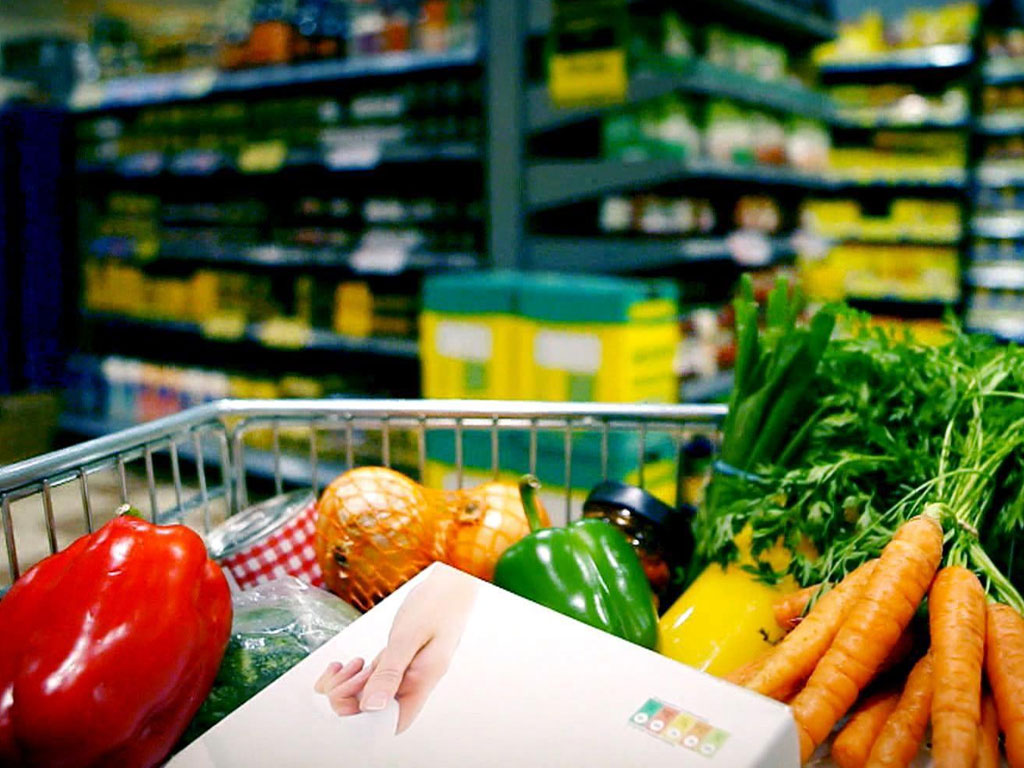
The year 2019-20 has started on a very poor note so far as the incidence of inflation in the country is concerned. According to the latest data released by Pakistan Bureau of Statistics (PBS), inflation as measured by the Consumer Price Index (CPI) on YoY basis rose steeply by 10.34 percent in July this year as compared to 8.9 percent in the preceding month and 5.84 percent in July, 2018 over July, 2017. Core inflation measured by non-food non-energy (Core NFNE) increased by 7.8 percent on year-on-year basis in July, 2019 as compared to a rise of 7.2 percent in the previous month and 7.6 percent in July, 2018. On an annual basis, food items recording increases included onions (+58.8 percent), pulse moong (+47.6 percent), cigarettes (+37.4 percent), gur (+31.4 percent), sugar (+30.7 percent), potato (+21.1 percent), spices (+12.9 percent), meat (+12.0 percent) and cooking oil (+8.6 percent). Prices of non-food items which recorded substantial increases were gas (+142.6 percent), motor fuel (+22.7 percent), motor vehicles (+20.4 percent), personal equipment (+18.2 percent), construction input items (+15.0 percent), electricity (+11.3 percent) and transport services (+8.1 percent). Increases in SPI and WPI on YoY basis were also markedly higher in July, 2019 than in the previous month and the same month last year.
A steep increase in inflation during July, 2019 is of course very distressing for the ordinary households and the poor as well as the policymakers of the country. Higher inflation could further depress the lives of common people who spend a large part of their incomes on food and are already living on the margins of society. Their miseries could also worsen because of the prevailing low wages in the market and shrinking employment opportunities in the economy due to a slowing GDP growth rate estimated to be about 3 percent during 2019-20. Higher inflation would also force the monetary authorities to raise the policy rate further which is already quite high. This will increase the debt servicing cost of the government, putting more pressure on the budget. Private sector credit and investment would also remain constrained due to higher cost of borrowing.
As for the factors behind the current high rate of inflation, the recent sharp depreciation of the rupee has led to a substantial increase in the prices of imported consumer and non-consumer items, especially raw materials used for the manufacturing and industrial activities in the country. The upward adjustment in prices of petroleum products due mainly to the depreciation of the rupee over the last few months coupled with an increase in electricity and gas tariffs has further accentuated the price pressures in the economy. The government has also introduced or enhanced taxes on a number of items and activities in the FY20 budget, the cumulative impact of which has taken the overall inflation to double digits. However, it may be noted that the incumbent PTI government was forced to take these measures because of economic mismanagement by the previous government which was obsessed to keep the exchange rate stable despite a record current account deficit during FY19. The PML-N government did not increase the gas and electricity tariffs to the required levels despite huge losses and increase in circular debt and was content with a mounting fiscal deficit. However, the present government seems to take the bull by the horns despite the political cost it has to pay to stabilize the economy, soften the inflationary pressures and put the country on a growth trajectory that is sustainable and longer-lasting. The authorities have also managed to negotiate an EFF programme with the IMF which has bound the country to pursue necessary reforms over the next three years. With the commitment of the government to follow a reform agenda and the assistance from the IMF as well as from other bilateral and multilateral sources, it is hoped that the rate of inflation will ease after reaching a peak in December, 2019. Most of the projections predict the inflation rate to be around 13 percent in FY20 which is likely to decrease in the forthcoming period to a tolerable level if the momentum of reforms was not halted due to political pressures or some other unforeseen developments.
